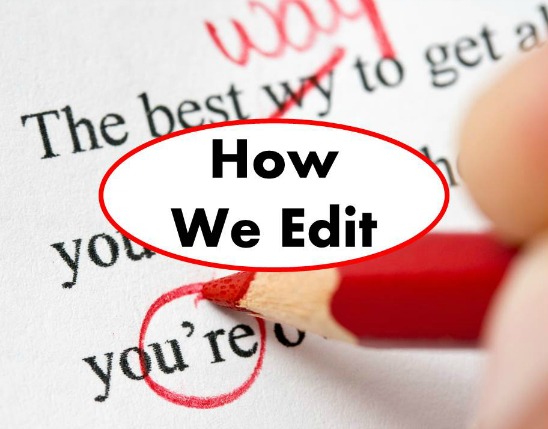Whenever I research a debatable usage point, I inevitably run across the words careful usage or something similar. As in:
Stage 3: The form becomes commonplace even among many well-educated people, but it’s still avoided in careful usage.—Bryan Garner, Garner’s Modern English Usage
The problem is that the phrase careful usage and the like don’t usually mean careful usage. They’re code that traditionalists (a.k.a., peevers, SNOOTs, errorists, pedants, etc.) use to pound writers and editors with rules that have no foundation in the real world. Careful usage usually means “usage that hasn’t accepted any changes in English since the 18th century when grammarians thought English would be much improved by becoming more like Latin.”
Careful usage doesn’t have to mean you follow every one of Miss Thistlebottom’s made-up rules. Or E. B. White’s pronouncements. It doesn’t mean that you take someone’s random, personal style choices and call them good grammar.
Writers and editors who employ proper careful usage look things up. They consider what the text is trying to say and how people currently use words—particularly those people they’re trying to reach. If your readers are particular to the point of peevishness, then following rules strictly, even made-up ones, makes sense. After all, it’s the message that’s important.
But if you’re not trying to placate the one percent, then don’t let the traditionalists’ “careful usage” throw you for a loop. Do your homework: Find out how the word or phrase in question is really being used and how your audience understands it. Then let the results guide your decisions.
Originally published on The Writing Resource.
Get writing advice straight in your inbox.
Sign up for Right Touch Editing’s emails!


